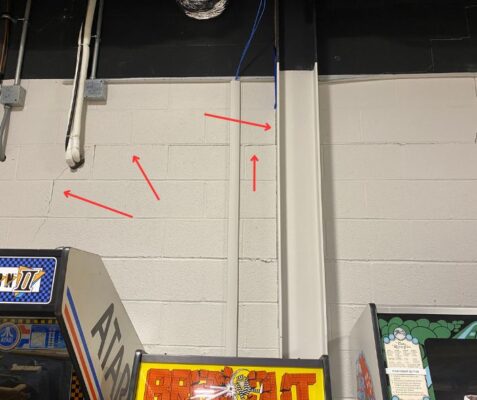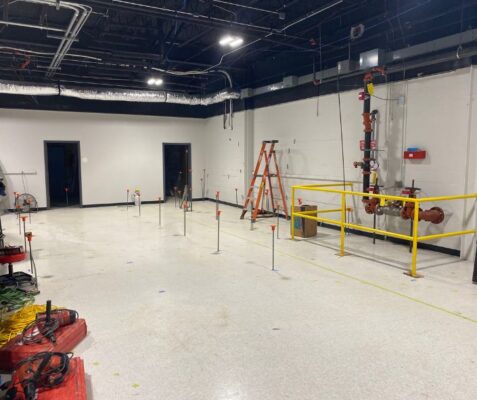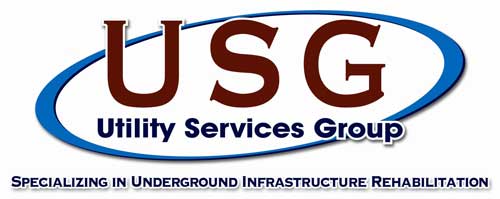Case Study: Restoring the Foundation of a Retro Arcade Repair Company
Retro arcade games, such as pinball machines, have been experiencing a resurgence in popularity, evoking nostalgia and excitement among enthusiasts. This case study examines how Utility Services Group, Inc (USG), a contractor based in Mechanicsburg, PA, successfully addressed a significant problem faced by a Retro Arcade Repair Company in Lancaster, PA, using the NCFI Terrathane™ 24-003 structural polyurethane.
The Problem
In a finished basement where the Retro Arcade Repair Company restored pinball machines, an unexpected water main break occurred on the nearby street. This unfortunate event led to the formation of a sinkhole, causing soil erosion and subsequently weakening the soils under the basement foundation. This posed a serious threat to the footings and the floor slab of the building.

The Solution
Upon assessing the problem in the Retro Arcade Repair Company’s basement, USG worked with the owner’s engineer to devise a comprehensive solution to address the weakened foundation and potential structural risks.
To stabilize the building’s walls and floor, they chose to inject NCFI Terrathane™ 24-003 structural polyurethane. This specialized material is renowned for its structural stability and durability, making it the ideal choice to rectify the foundation’s issues.
A two-stage stabilization process was taken in order to ensure the foundation was stabilized. The first was the use of compaction grouting to stabilize the exterior soils, this was performed by a third-party contractor. The polyurethane injection then took place on the interior of the building, working in concert with the newly stabilized soil on the exterior. The polyurethane offered an advantage of a minimal footprint and minimal mess over the compaction grouting, making it ideal for stabilizing the interior without major disruptions to the tenant’s operations.
To ensure the success of the project and minimize disruptions, USG utilized in-house Ground Penetrating Radar (GPR) and utility locates. This technology allowed them to monitor and avoid utility disruptions, crucial to preserving the aesthetic value of the finished basement. Given the presence of a tile VCT floor in the basement, USG took meticulous steps to protect it during the injection process. They marked the locations of sensitive areas, including sewer lines and electrical conduits, with masking tape to prevent any paint spillage or damage.

Dynamic Cone Penetrometer (DCP) tests were conducted to assess the competency of the soils beneath the floor. These tests revealed competent soils at a depth of approximately -12 feet beneath the floor, guiding their injection strategy. This integrated approach successfully addressed the structural concerns in the basement while preserving the aesthetic and operational integrity of the Retro Arcade Repair Company.
Results
The results of this project were highly successful. The progressive depth injection plan was designed to stabilize and restore soil compaction in the areas most compromised and ensuring that soil reconnection was established all the way to the interior room.
Laser monitoring was used to keep track of heaves and bumps during the injection process. Bumps were noted at almost every location, indicating success in stabilizing the soils.
The utility locates and precise marking allowed USG to ensure that as much of the aesthetic value was preserved as possible during the project. The team thoroughly cleaned the floor by broom sweeping, vacuuming, and mopping after the work was completed.
By opting for NCFI Terrathane™ 24-003 and a strategic injection approach, USG successfully resolved the foundation issues and helped minimize damage risk to the valuable pinball machines. The project demonstrated USG’s expertise in addressing complex structural problems and preserving the aesthetic and operational integrity of the Retro Arcade Repair Company’s basement.
